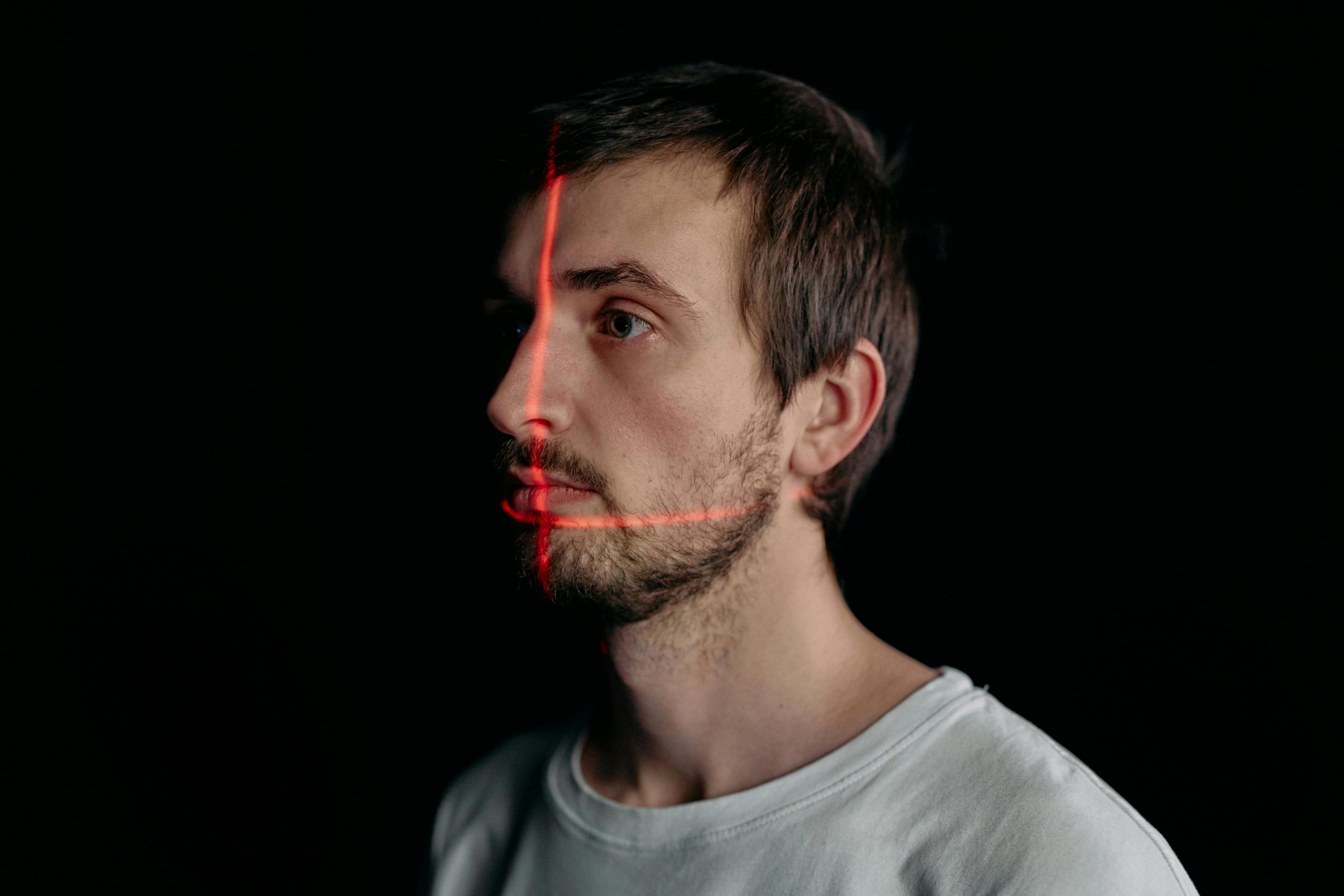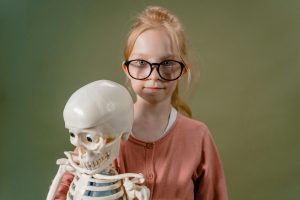How will we know what’s real in the future, with AI generated videos everywhere?
The Future of Visual History in an Age of Hyper-Realistic AI-Generated Media
As technology advances at an unprecedented pace, the line between genuine and fabricated content continues to blur. Recently, while browsing social media, I was struck by the proliferation of highly realistic AI-generated videos—reels so convincing that distinguishing them from authentic footage captured on smartphones seems nearly impossible. This emerging reality prompts an important question: how will future societies verify the authenticity of visual records of historical events?
Consider landmark moments like September 11, 2001. We rely heavily on eyewitness videos and photographs to piece together those tragic days. But imagine a future where AI can produce convincing footage that never actually occurred—scenes implying events that are entirely fabricated or exaggerated. For example, a viral clip depicting a plane wing detaching prematurely or other altered visuals could distort our collective memory. Such misinformation, if left unchecked, risks reshaping history in ways we might not realize until it’s too late.
Historically, the preservation of history has faced challenges—biased narratives, manipulated texts, and controlled messaging by those in power. Today, with digital media’s omnipresence, our “visual history” is more vulnerable than ever. The advent of sophisticated AI content generators raises urgent concerns about the reliability of what we see and trust.
While tools like Google’s SynthID are being developed to embed watermarks and identify AI-generated media, widespread adoption may come too late. The sheer volume of AI-altered content arriving each day could overwhelm verification efforts, making it difficult for future generations to discern fact from fiction.
In essence, we might be entering an era where every piece of video evidence, even that capturing moments of historical significance, must be scrutinized critically. The challenge will be developing robust methods to authenticate digital content and preserve the integrity of our shared history amidst these technological transformations.
How do you think we can best safeguard the authenticity of our visual history as AI-generated media becomes increasingly sophisticated? Share your thoughts below.














Post Comment